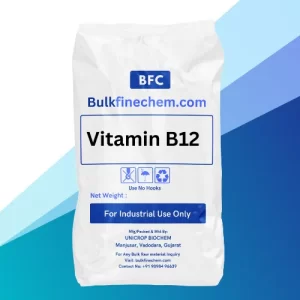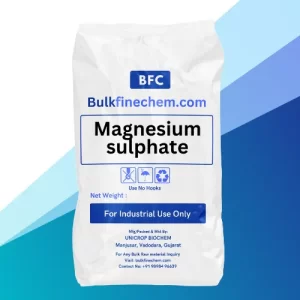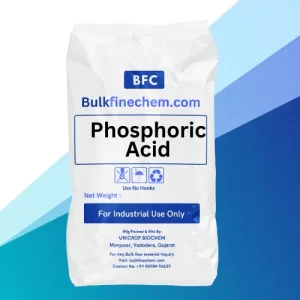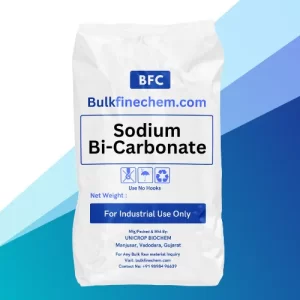Sodium Aluminate
Sodium aluminate (NaAlO2) is a versatile inorganic chemical that serves as a valuable source of aluminum and hydroxide ions in numerous industrial and technical applications. It finds use in water treatment as a coagulant, enhances paper quality in the paper industry, acts as a mordant in textiles, accelerates curing in specialty cements, aids in phosphate removal in wastewater treatment, and contributes to fire resistance in construction and textiles. Additionally, sodium aluminate is employed in chemical synthesis, alumina production, and pH adjustment for wastewater treatment. Its broad range of applications highlights its importance in improving processes, product quality, and environmental management across various industries.
Application of Sodium Aluminate
Sodium aluminate is an inorganic chemical that is used as an effective source of aluminum hydroxide for many industrial and technical applications. Pure it is a white crystalline solid having a formula variously given as NaAlO₂, NaAl(OH)₄, Na₂O·Al₂O₃, or Na₂Al₂O₄.
Mechanism of Action
- it dissociates in aqueous solutions to release aluminum ions (Al3+).
- These aluminum ions can participate in various chemical reactions and processes where aluminum is required as a reactant or catalyst.
- It also releases hydroxide ions (OH-) when dissolved in water.
- These hydroxide ions can act as a base and play a role in adjusting the pH of a solution.
- (NaAlO2) varies depending on its application, but its fundamental role is to provide a source of aluminum and hydroxideions.
Benefits of Sodium Aluminate
- In water treatment, it is used as a coagulant or flocculant.
- It is employed in papermaking processes to enhance paper quality.
- It helps in the retention and drainage of fibers, resulting in improved paper strength, formation, and consistency.
- Its ability to release hydroxide ions makes sodium aluminate useful for adjusting the pH of wastewater in industrial and municipal treatment plants.





